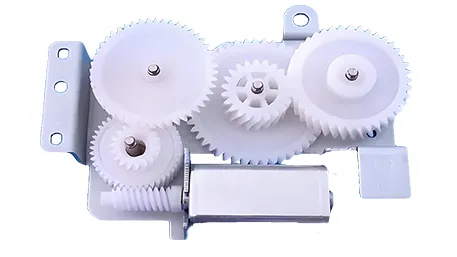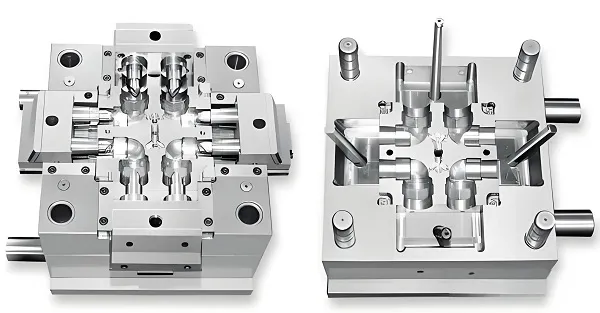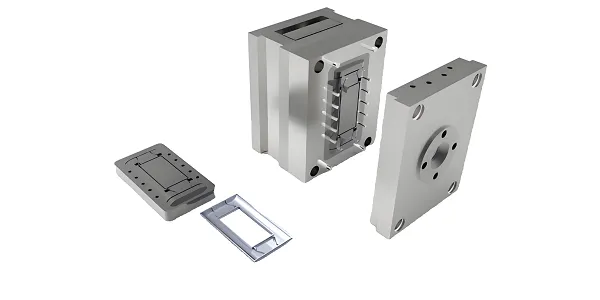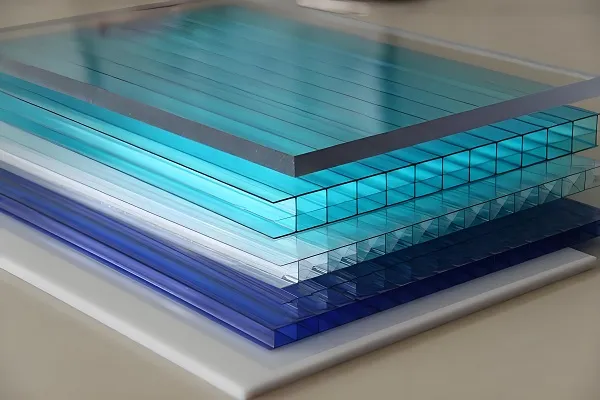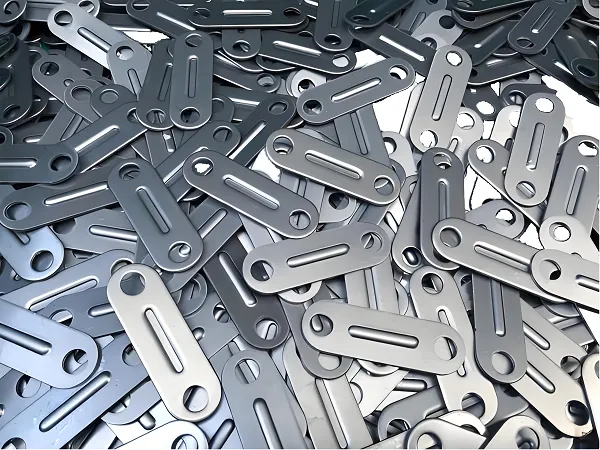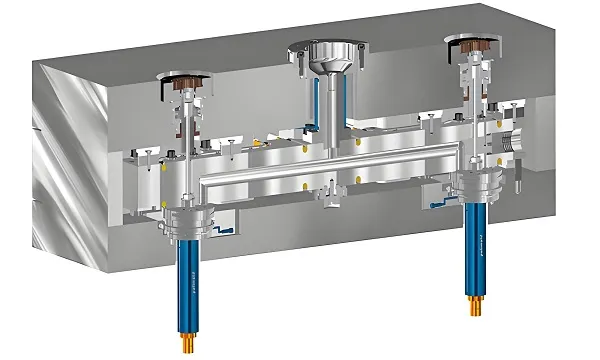Abstract: This article deeply discusses the key essentials of bearing machining under Computer Numerical Control (CNC) technology. Through detailed analysis of process flow, tool selection, cutting parameter optimization, precision control, and quality inspection, it elaborates the important factors and methods to ensure high-quality, high-precision, and high-efficiency production of bearings.
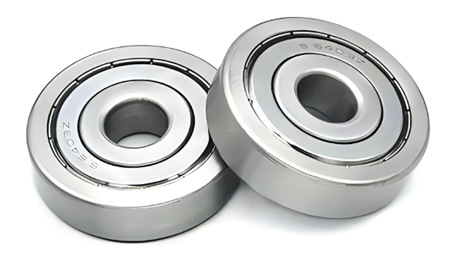
I. Introduction
As a key component in mechanical transmission systems, the performance and quality of bearings directly affect the operating accuracy, stability, and service life of the entire mechanical equipment. With the continuous improvement of performance requirements for bearings in modern manufacturing, CNC machining technology has been widely applied in bearing manufacturing. However, to achieve high-quality CNC bearing machining, it is necessary to master a series of key technical essentials.
II. Process Flow of CNC Bearing Machining
Blank Preparation: Select the appropriate material and ensure that the size and quality of the blank meet the machining requirements.
Turning Machining: Includes rough and finish turning of the inner and outer rings to achieve the initial shape and size.
Raceway Machining: Use special tools and processes for the forming machining of the raceway.
Drilling and Chamfering: Process the mounting holes and edge chamfers.
Grinding Machining: Perform precision grinding on key parts such as the inner and outer rings and raceways to achieve high-precision surface roughness and dimensional accuracy.
III. Tool Selection
Turning Tools: Select appropriate carbide or ceramic turning tools based on the bearing material and machining requirements.
Raceway Machining Tools: Usually, forming tools such as hob or grinding wheel are adopted.
Grinding Tools: Select high-precision grinding wheels and choose the appropriate grit size and binder based on the grinding location and requirements.
IV. Cutting Parameter Optimization
Cutting Speed: Determine the appropriate cutting speed based on tool material, workpiece material, and machining precision requirements. For example, for machining common bearing steel with high-speed steel tools, the cutting speed is generally 80 – 120 m/min; while using carbide tools, the cutting speed can be increased to 150 – 250 m/min.
Feed Rate: Considering surface quality and machining efficiency comprehensively, the feed rate is larger during rough machining, which can reach 0.2 – 0.5 mm/r; and it is reduced to 0.05 – 0.15 mm/r during finish machining.
Cutting Depth: The cutting depth is larger during rough machining, which can be 2 – 5 mm; and it is controlled at 0.1 – 0.5 mm during finish machining.
V. Precision Control
Machine Tool Precision: Regularly conduct precision inspection and maintenance of the machine tool to ensure that the positioning precision, repeat positioning precision, and geometric precision of the machine tool meet the requirements.
Tooling Fixtures: Design high-precision tooling fixtures to ensure accurate and reliable clamping and positioning of the workpiece and reduce clamping errors.
Online Measurement: Adopt an online measurement system to monitor the machining dimensions in real-time and conduct error compensation and adjustment promptly.
VI. Quality Inspection
Dimensional Inspection: Use measuring tools such as calipers, micrometers, cylindricity meters, etc. to inspect the inner and outer diameters, width, cylindricity, etc. of the bearing.
Surface Quality Inspection: Detect the surface roughness through a roughness meter and use flaw detection equipment to detect internal defects.
Rotational Precision Inspection: Use special rotational precision inspection equipment to evaluate the rotational precision and vibration performance of the bearing.
VII. Conclusion
CNC bearing machining is a complex and precise process that requires comprehensive consideration of multiple aspects such as process flow, tool selection, cutting parameter optimization, precision control, and quality inspection. Only by mastering these key essentials and continuously optimizing and improving the machining process can high-quality and high-precision bearing products be produced to meet the requirements of modern manufacturing.

